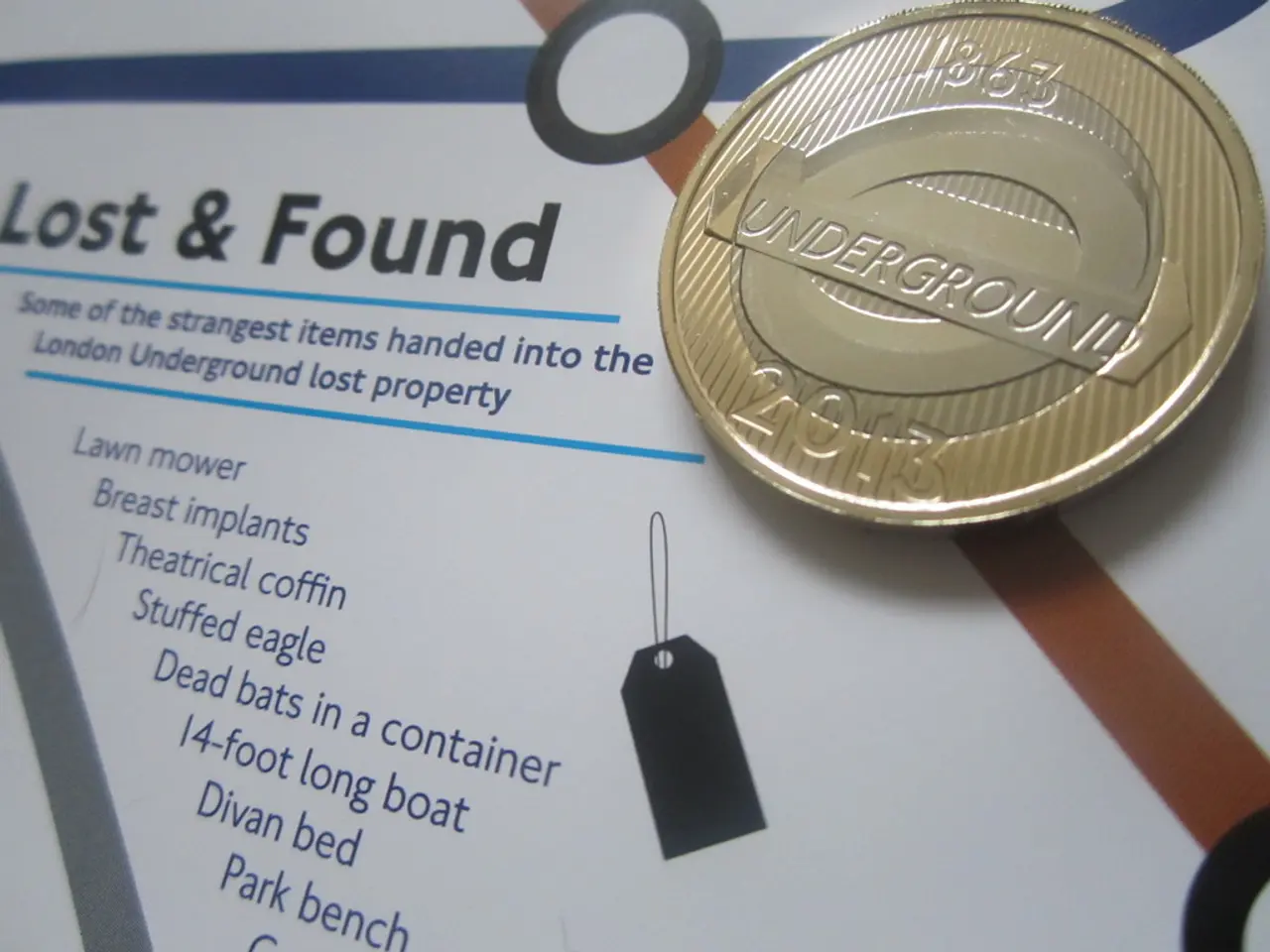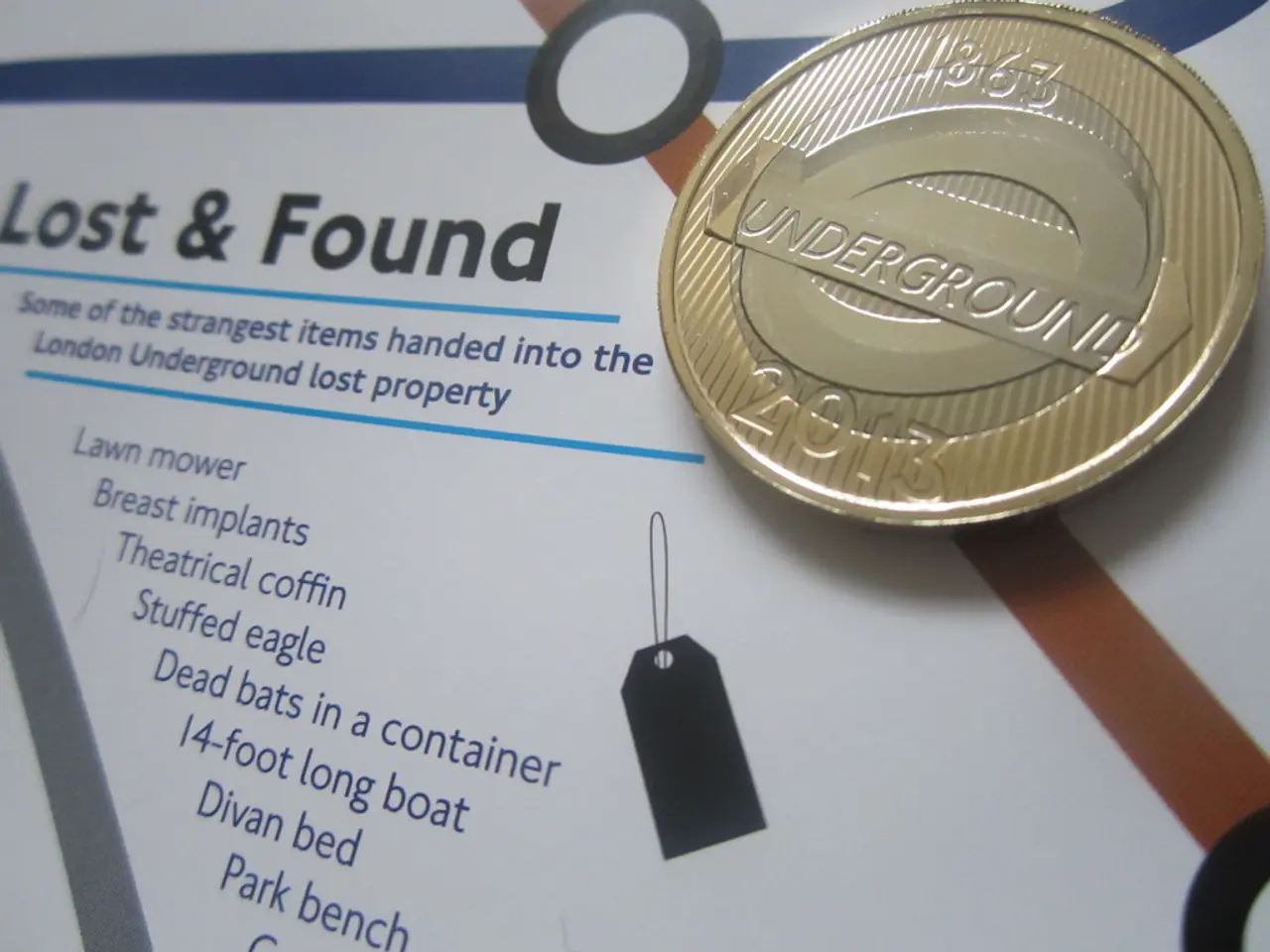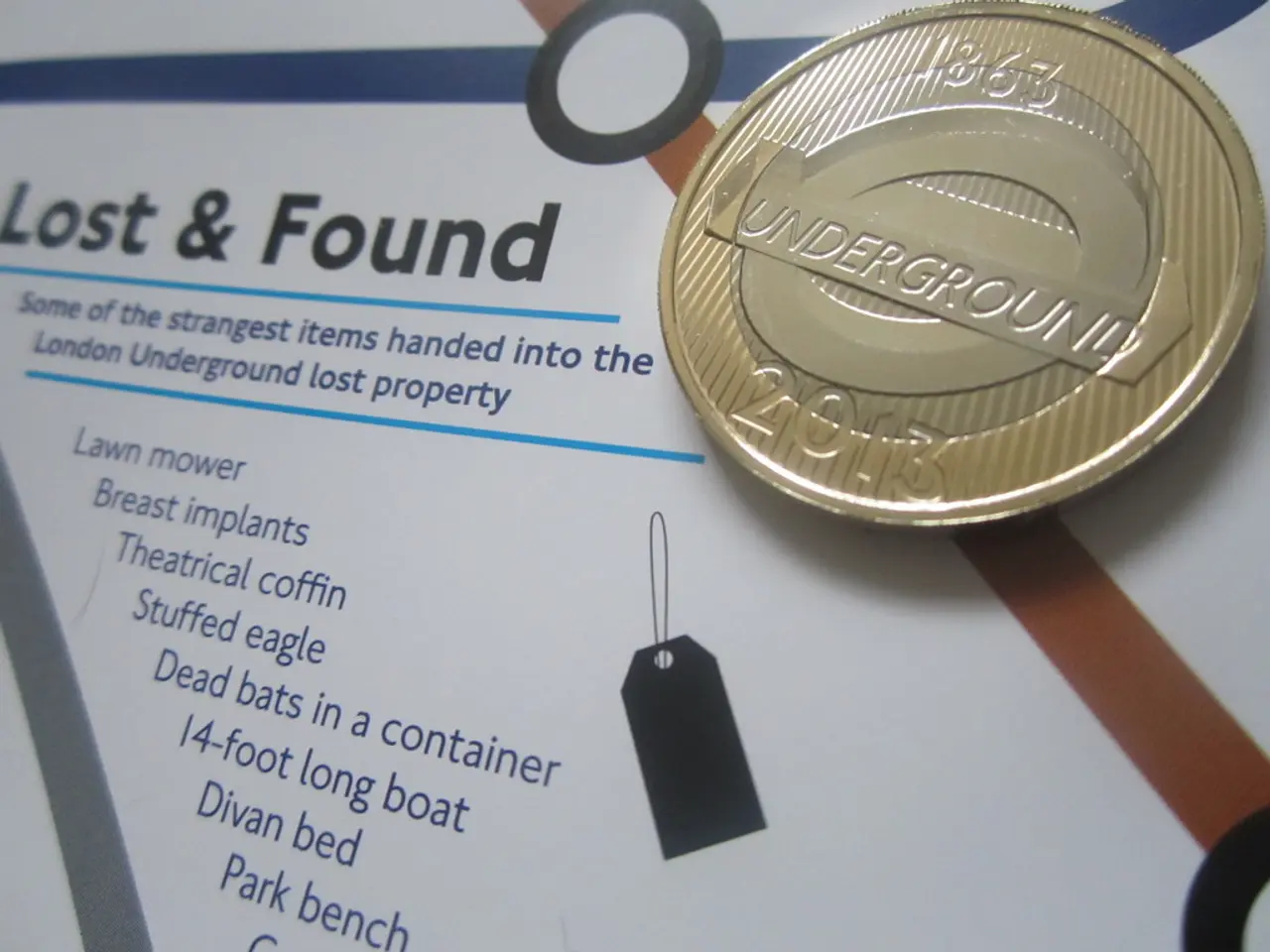Finance tokenization could potentially relegate Europe to a peripheral role in global financial circles, as other regions capitalize on digital asset opportunities, leaving Europe as a mere bystander.
The European Union is grappling with significant regulatory and financial stability concerns surrounding the multi-issuance of stablecoins. This practice, where global operators issue the same stablecoin from multiple jurisdictions, including non-EU countries, poses challenges to the region's financial systems.
The EU's Markets in Crypto-Assets Regulation (MiCAR), effective from mid-2024, establishes a comprehensive regulatory framework for stablecoins. It categorizes them into asset-referenced tokens (ARTs) and e-money tokens (EMTs), requires issuers to obtain authorization, and mandates liquid reserves at a 1:1 ratio to ensure monetary sovereignty and market stability. However, the multi-issuance model creates potential regulatory arbitrage, allowing non-EU issued stablecoins to bypass EU safeguards.
The European Central Bank (ECB) is particularly wary of this practice, fearing that it could lead to instability by enabling non-EU holders to redeem EU-issued stablecoins, circumventing local restrictions, and putting strain on the mandated reserve composition. Meanwhile, the EU's relatively weak euro-denominated ‘safe asset’ sovereign bond markets compared to the US dollar makes euro-backed stablecoins structurally less resilient, increasing the attractiveness of dollar-denominated stablecoins.
MiCAR aims to foster the adoption of compliant stablecoins by granting a single European license that provides stablecoin issuers with passporting rights across all 27 EU member states, improving regulatory clarity. This move contributes to the push against non-compliant stablecoins such as Tether (USDT), resulting in their loss of market share in Europe.
However, the multi-issuance issue remains unresolved, with policymakers and the ECB urging urgent alignment and possibly expanded regulations to avoid European financial systems bearing liabilities for global stablecoin issuance. The debate in Europe over whether to allow 'oligopolistic' dollar-denominated coins from the US to operate in Europe's tokenized finance market is ongoing.
As the EU navigates these challenges, organisations such as the Digital Monetary Institute at OMFIF, led by John Orchard (Chairman) and Katie-Ann Wilson (Managing Director), are exploring the integration of public blockchain systems into traditional finance. Interested individuals can register to be part of OMFIF's public blockchain working group or subscribe to their newsletter for updates on this topic.
In the broader context, Europe is seen as an 'American colony' in terms of technology, defence, and to an extent finance. Decoupling from this dependency and achieving strategic autonomy in these areas will take time and likely require the use of American tools.
Meanwhile, the US policy via the Genius Act is moving 'on-off ramps' for distributed ledger technology finance to systemic components of digital finance. This development further complicates the European regulatory landscape for stablecoins.
Despite the challenges, European attempts to consolidate a single market for banking have been hampered, with national banking champions yet to combine efforts on tokenization. This fragmentation further complicates the regulation and stability of the stablecoin market in Europe.
In conclusion, while MiCAR creates a robust legal framework for stablecoins within the EU, the multi-issuance model, particularly involving US dollar-denominated tokens, presents unresolved risks of regulatory arbitrage and financial instability for the EU. Urgent action is required to address these issues and ensure the stability and security of Europe's financial systems.
- The European Union's Markets in Crypto-Assets Regulation (MiCAR) seeks to establish a comprehensive regulatory framework for stablecoins, categorizing them and requiring issuers to obtain authorization to ensure monetary sovereignty and market stability.
- The multi-issuance model, in which global operators issue the same stablecoin from multiple jurisdictions, including non-EU countries, poses challenges to the region's financial systems and could potentially lead to regulatory arbitrage.
- The EU's relatively weak euro-denominated ‘safe asset’ sovereign bond markets compared to the US dollar increases the attractiveness of dollar-denominated stablecoins, potentially creating structural instability.
- MiCAR aims to foster the adoption of compliant stablecoins by granting a single European license, improving regulatory clarity and contributing to the push against non-compliant stablecoins such as Tether (USDT).
- The debate in Europe over whether to allow 'oligopolistic' dollar-denominated coins from the US to operate in Europe's tokenized finance market is ongoing, and policy-makers and the European Central Bank are urging urgent alignment and possibly expanded regulations.
- Organisations like the Digital Monetary Institute at OMFIF, led by John Orchard and Katie-Ann Wilson, are exploring the integration of public blockchain systems into traditional finance.
- The US policy via the Genius Act is moving towards 'on-off ramps' for distributed ledger technology finance to systemic components of digital finance, further complicating the European regulatory landscape for stablecoins.




